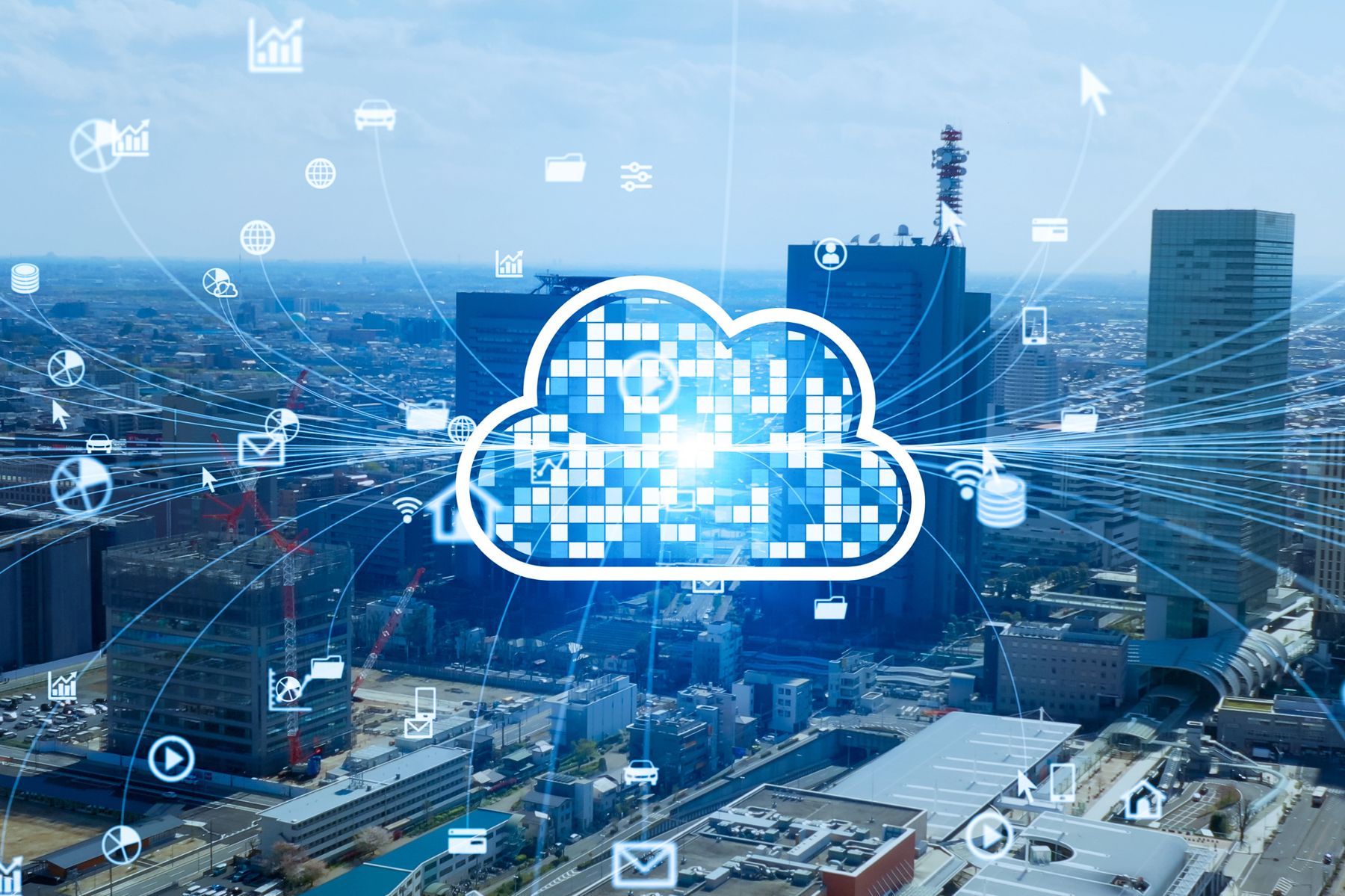If something connects the real with the virtual, data with services, companies, and technology, it is cloud computing. It is a paradigm of internet delivery of technological services requested by a customer from a supplier, who makes available applications and computational resources (CPU, RAM, disk space) remotely in the form of an IT cloud, cloud. , which is nothing more than a virtual space, a remote data center.
Cloud computing supports business evolution, contributes to business growth, and is an enabler of the most varied technological scenarios: services such as PaaS ( Platform as a service) ideal for the development, testing, distribution, and management of software applications, IaaS (Infrastructure as a service), the provider that provides the customer with the entire IT infrastructure, including virtual servers and SaaS (Software as a service), software distribution via the web, are indispensable today to have an IT infrastructure updated. IaaS drives current market demand and is the first link between the on-premise world and the cloud. The future winks at PaaS and the respective cloud applications. This is what we see in HiSolution, thanks to the experience gained in over 15 years of activity, selecting only the best of technologies in the Telco, Security, Networking, Cloud, and VoIP & UCC areas to create ad hoc projects for companies.
Table of Contents
In 4 words
Analyzing the scenario, if we want to describe cloud computing in 4 keywords, we could say that it is undoubtedly: rapid innovation, scalability according to one’s needs, cost accessibility (the customer pays only for the services used, saves on operating costs and scales resources based on its real business needs) and advanced protection (especially essential today for remote working and massive access to virtual data).
Connectivity and Security, Cloud and Protection
Two themes that intertwine and cannot do without one another.
Outsourcing company servers and moving to the cloud is possible, but it brings with it various problems related to access to information. Avoiding maintenance and continuous manual updates of the infrastructure. One of the first reasons why a company is interested in moving from the physical server to the cloud is certainly the entrusting of hardware management services to service providers because they make it possible to provide the application service by supporting any customer need.
In the beautiful country
In Italy, cloud computing was born on fertile ground. Still, we don’t hear about it often: the connectivities are underperforming because the national territory is uniform to the Telco infrastructure, which is mostly based on copper connectivity. Only in the last few years have we been shifting to fiber cabling. However, what is certain is that the Covid-19 pandemic has given our country a boost in cloud computing to make remote working usable with fast access to information. The advent of 5G will also give a greater push to the cloud and will gradually replace all copper connectivity: it will be possible to use it wherever you want, and its performance will be guaranteed in terms of bandwidth and latency.
What is expected of 5G?
A much more sustainable and certainly guaranteed access to cloud information has a sim. Compared to 4G, 5G guarantees low latencies, essential for the optimal use of cloud services. But connectivity necessarily needs security because outsourcing cloud services implies exposure to possible hacker attacks, especially if access to the cloud is allowed worldwide.
The Cloud drives AI
Looking to a not too distant but current future, even if Italy it is struggling to settle down, we expect that the adoption of cloud computing may lead to the introduction of technologies that support augmented reality, Artificial Intelligence, smart cities, BlockChain, Industry 4.0 and even 5.0. And all this is made possible by increasingly high-performance connectivity, powerful internet networks, very high network security, wired connectivity, and 5G1 connections.
Also Read : Ransomware Attacks In The Cloud: How To Protect Yourself?







